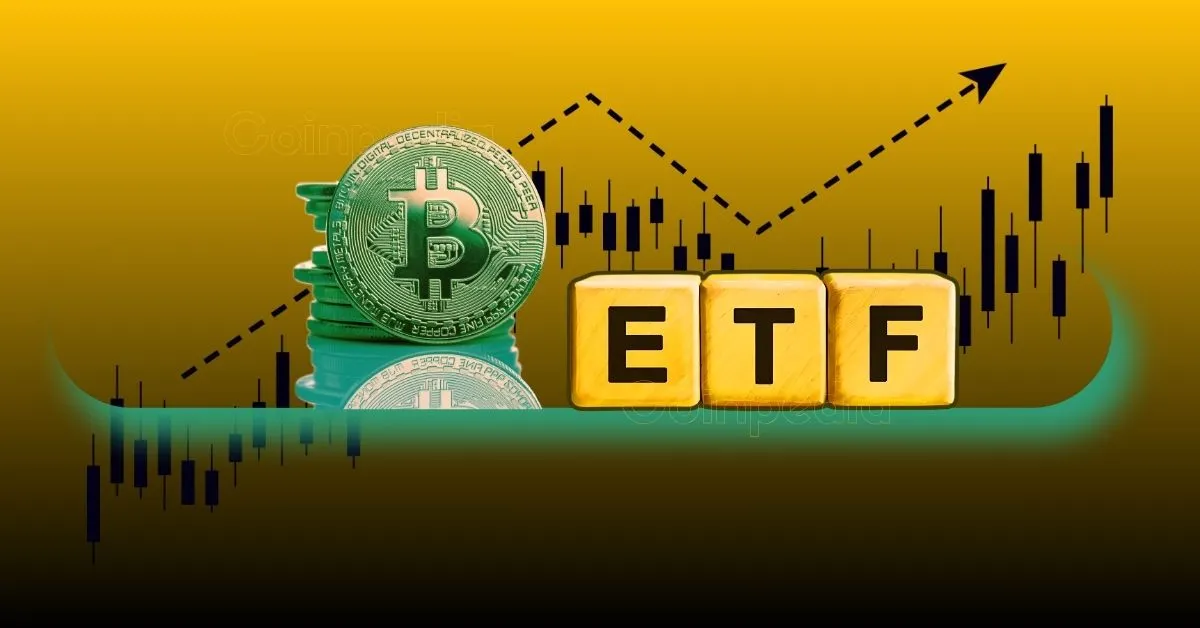The $50 billion Bitcoin ETF milestone represents a transformative moment for the cryptocurrency market, signaling a shift in investor sentiment and institutional acceptance. This development is not merely a financial achievement but a fundamental redefinition of how Bitcoin is perceived and integrated into traditional investment portfolios. The surge in ETF inflows reflects a broader trend of institutional adoption, driven by the accessibility, regulatory clarity, and performance potential that Bitcoin ETFs offer.
The Institutional Stamp of Approval
The $50 billion inflow milestone is largely driven by institutional investors, who have increasingly allocated portions of their portfolios to Bitcoin ETFs. This institutional embrace underscores a growing recognition of Bitcoin as a legitimate asset class with long-term investment potential. Several factors contribute to this trend:
BlackRock’s IBIT: Leading the Charge
BlackRock’s iShares Bitcoin Trust (IBIT) has emerged as a dominant force in the Bitcoin ETF landscape, amassing over 700,000 BTC and $53 billion in assets as of June 2025. Several factors contribute to IBIT’s success:
The performance of IBIT has not only benefitted BlackRock but has also highlighted the growing legitimacy and acceptance of Bitcoin within the traditional financial system. The ETF has become a key instrument for investors looking to gain exposure to Bitcoin without the complexities of direct ownership.
Beyond Bitcoin: The Future of Crypto ETFs
The success of Bitcoin ETFs has ignited speculation about the potential for similar ETFs based on other cryptocurrencies. While Bitcoin currently dominates the crypto ETF landscape, there is growing interest in ETFs that track the performance of Ethereum, Solana, XRP, and Litecoin.
The Impact on Bitcoin’s Price and Market Dynamics
The massive inflows into Bitcoin ETFs have had a significant impact on Bitcoin’s price and market dynamics. The increased demand for Bitcoin driven by ETF purchases has contributed to upward price pressure, pushing Bitcoin to new all-time highs. Additionally, the influx of institutional capital has reduced Bitcoin’s volatility, making it a more attractive asset for risk-averse investors.
Despite these potential risks, the overall impact of Bitcoin ETFs on Bitcoin’s price and market dynamics has been positive, contributing to increased liquidity, price stability, and institutional adoption.
Challenges and Considerations
While the $50 billion milestone is undoubtedly a positive development for Bitcoin and the crypto industry, it is essential to acknowledge the challenges and considerations associated with Bitcoin ETFs. One of the primary concerns is the potential for increased regulatory scrutiny. As Bitcoin ETFs become more mainstream, regulators are likely to pay closer attention to their operations, risk management practices, and impact on the broader financial system.
Another challenge is the potential for market manipulation. While Bitcoin ETFs are designed to track the price of Bitcoin, their trading activity can be influenced by various factors, including arbitrage opportunities, short-selling, and coordinated trading strategies. Regulators must remain vigilant in monitoring Bitcoin ETF trading activity and taking appropriate action to prevent market manipulation.
A New Era for Bitcoin
The $50 billion milestone reached by Bitcoin ETFs marks a significant turning point for Bitcoin and the cryptocurrency industry as a whole. This influx of capital, driven by both institutional and retail investors, has validated Bitcoin’s position as a mainstream asset and opened the doors to wider adoption. As Bitcoin ETFs continue to mature and attract new investors, their influence on Bitcoin’s price, market dynamics, and overall acceptance is likely to grow even further. This marks the beginning of a new era for Bitcoin, one where it is increasingly integrated into the traditional financial system and recognized as a legitimate asset class. The success of Bitcoin ETFs not only reshapes the crypto landscape but also paves the way for broader acceptance and innovation in the financial markets.











